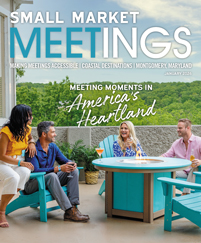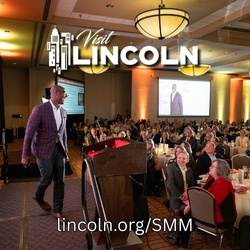There are always times for winging communications plans. Small projects maybe… To be honest I just planned my son’s birthday party. I opened up my to-do list for my family and wrote down the names of the kids I was supposed to invite. I put a checkmark next to each one as they confirm and scribbled the words pizza, cake and tubing on the right-hand side. That was the extent of my communications strategy for his 13th birthday party. I took a picture of this and sent it to one of my employees because of the hours and hours we pour over creating and devising communication strategies, this was the amazing work I was producing!
Before we begin a planning timeline, we like to pull together all key stakeholders to ensure everyone is on the same page. Not all of our clients follow our timeline and of course, there are times when due dates need to be adjusted. However, without this detailed planning timeline, that includes communications, everyone would be winging it, including our vendor partners and clients.
Getting Started
Start the timeline by gathering all known deadlines and due dates. Next, create a spreadsheet with columns identifying the ”what” for the action, “ purpose” for the intent, “who” for who’s in charge and the deadline for each action. Review this timeline with all key stakeholders and cross-check that everyone is on the same page. I love this format because I can sort it by the purpose, who or what at any given time.
The Tools of the Trade
While plotting out our communications for this timeline, we look at every tool that helps us communicate with the attendees. Each one of these elements has several steps and deadlines. Starting with the end in mind is a great way to plot out how the various tools will be used and when the relevant work for that item needs to start.
- Write all questions and content needed for registration.
- Figure out all deadlines for your on-site app
- Consider all pop-up communications that we need through the app
- Plot out the deadline for the Know Before You Go
- Developed the strategy and plan around building the website and launching it
- Plan out all copy that needs to be written for invitations, onsite agendas, signage and scripting
The Steps
Writing all the copy for the communications is a busy task for one person for any meeting so utilizing several key players is ideal. One person should outline all communications needed onsite and in advance. A second person should proofread this list to double-check that nothing is missing. One person should write all of the copy, then a second person should proof it. It’s ideal for the second person to be completely removed from the project so that they can look at it with a fresh and discerning eye. After all of the copy has been written. At the end of this process, we save a final copy digitally. This gives us a source of truth to start with the following year.
The final step comes when you review the post-event survey. If any event feedback will help future planning, make sure to outline those comments and save them to review before you restart the planning process. At the start of the program, I find it helpful to highlight all of the copy in red, then as items are edited, turn them to black. This practice can save so many hours when you don’t need to recreate the same information year after year!
You can never get too far into the weeds when creating a communications plan and strategy. I absolutely nerd out at the level of detail and how pretty our spreadsheets look after we are done!
About Allison Beers
Allison has over 20 years in the meeting management industry. She has been featured in an article by the Huffington Post and is a regular writer for many industry publications. In 2016, Connect Magazine, a National Meeting Planning publication, named Beers to the top 40 under 40 leaders in the industry.












